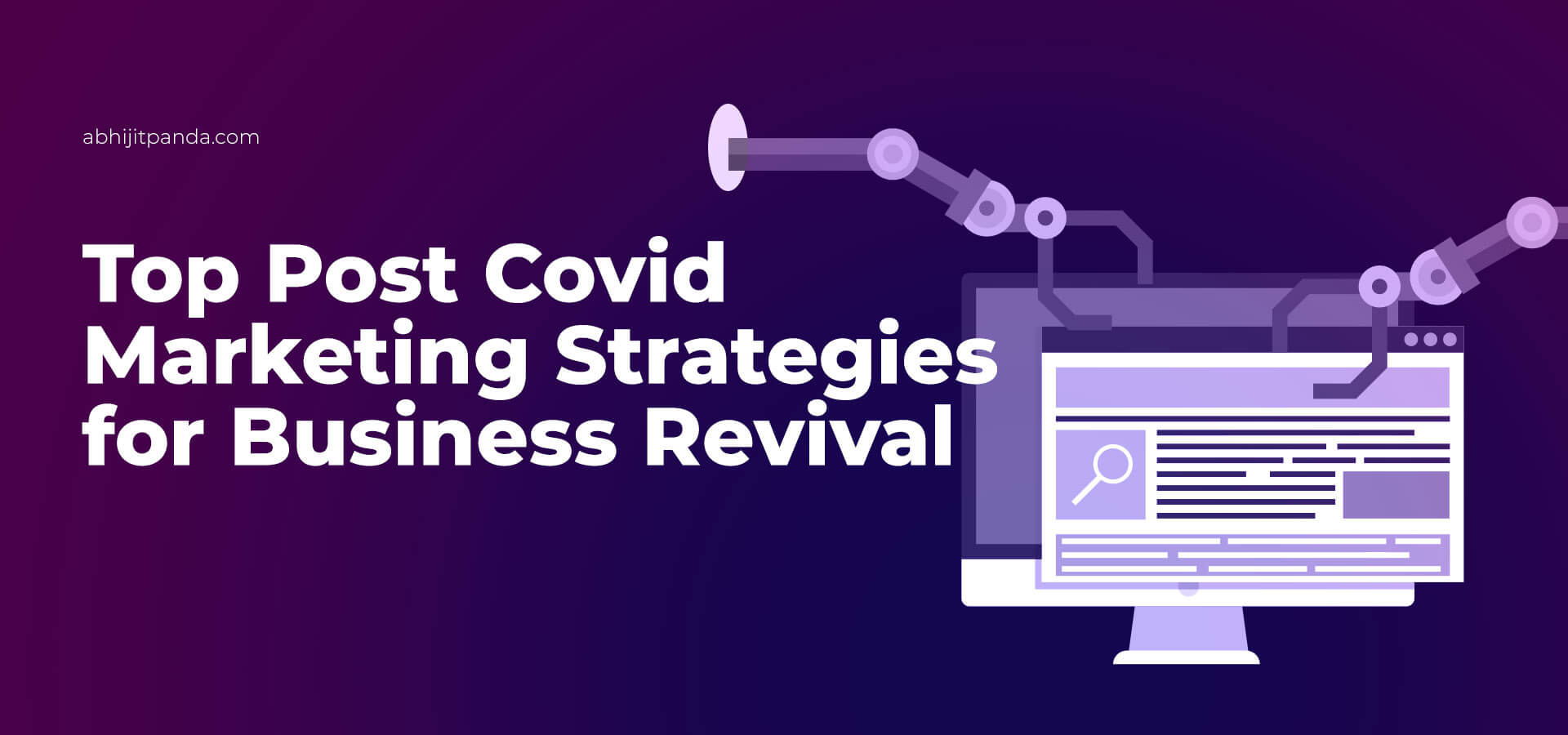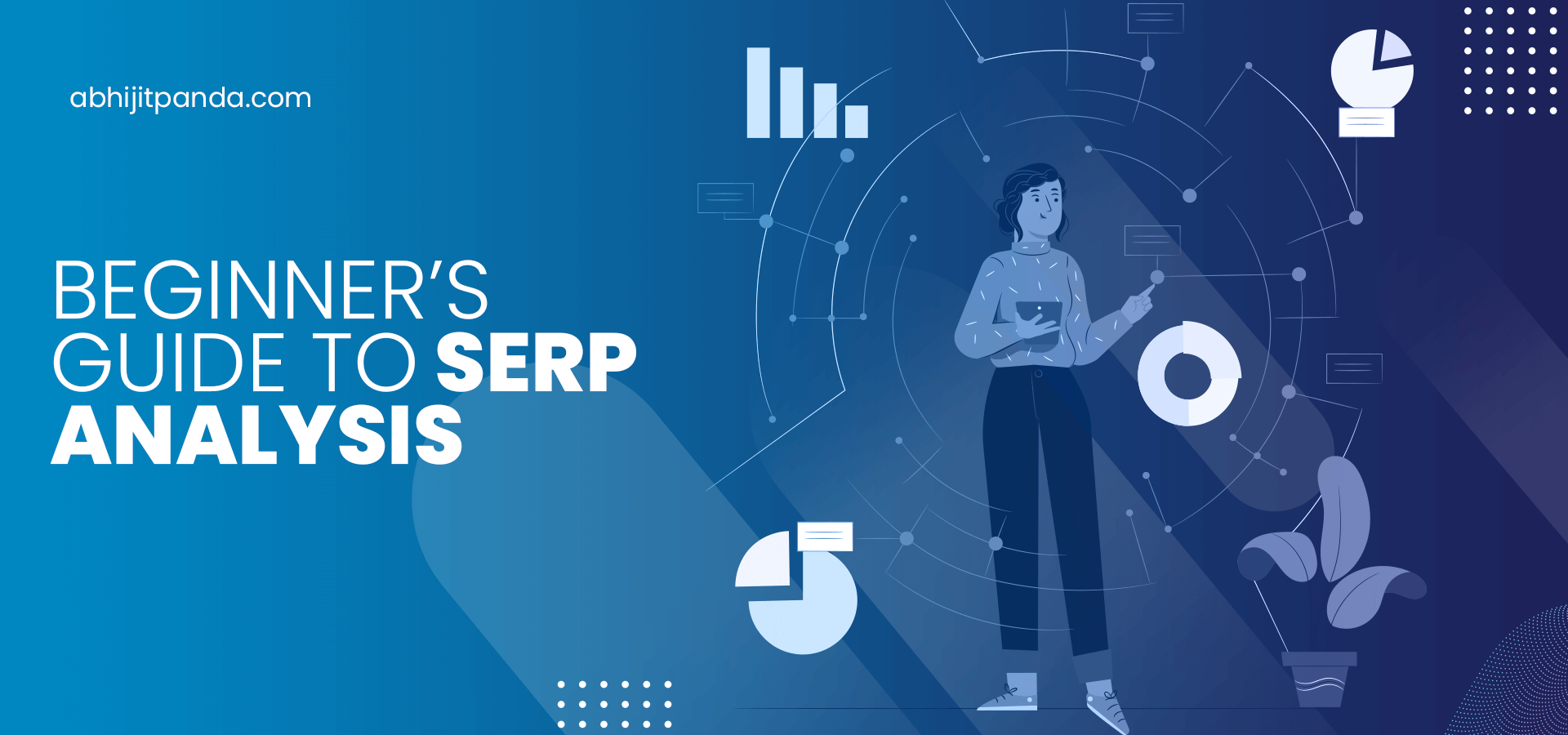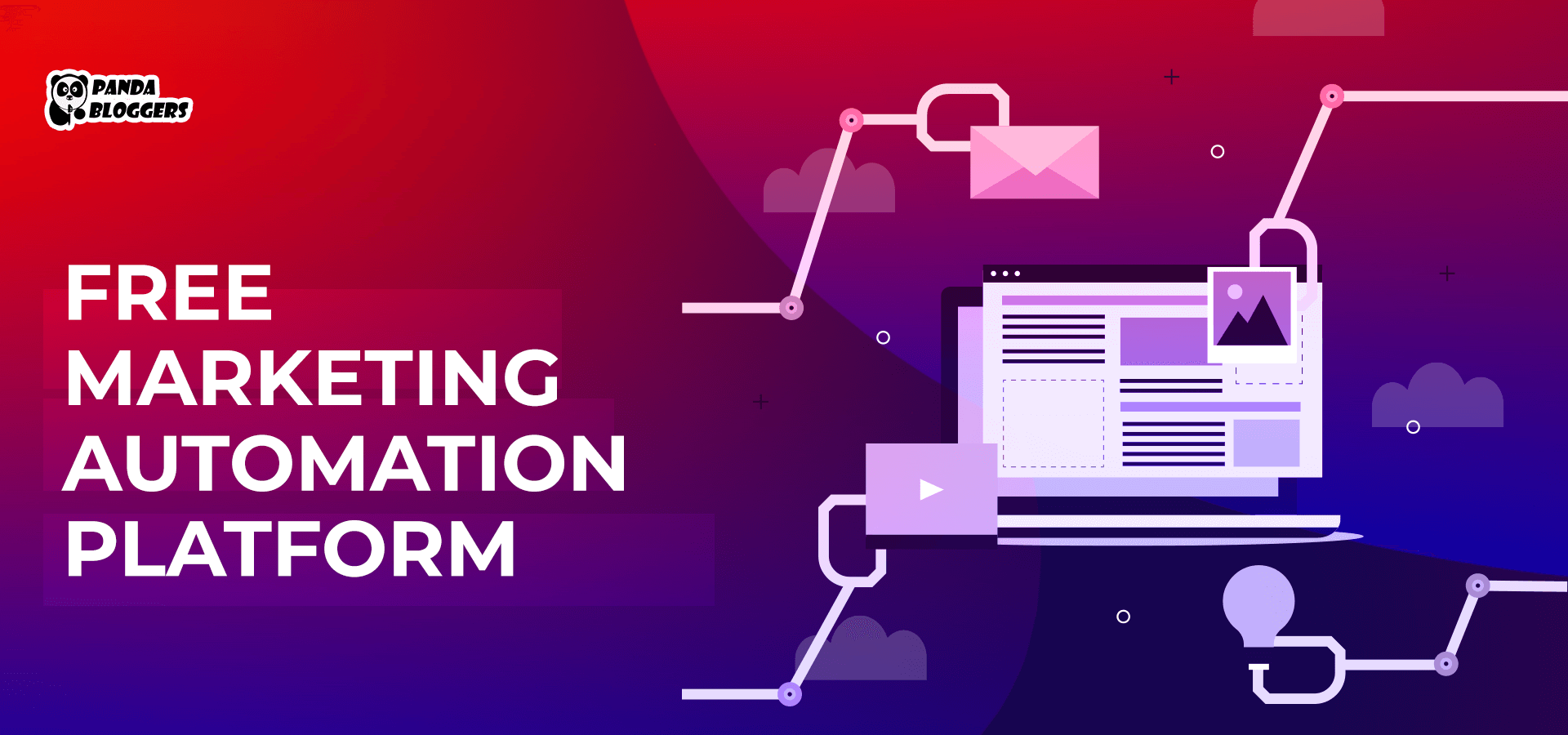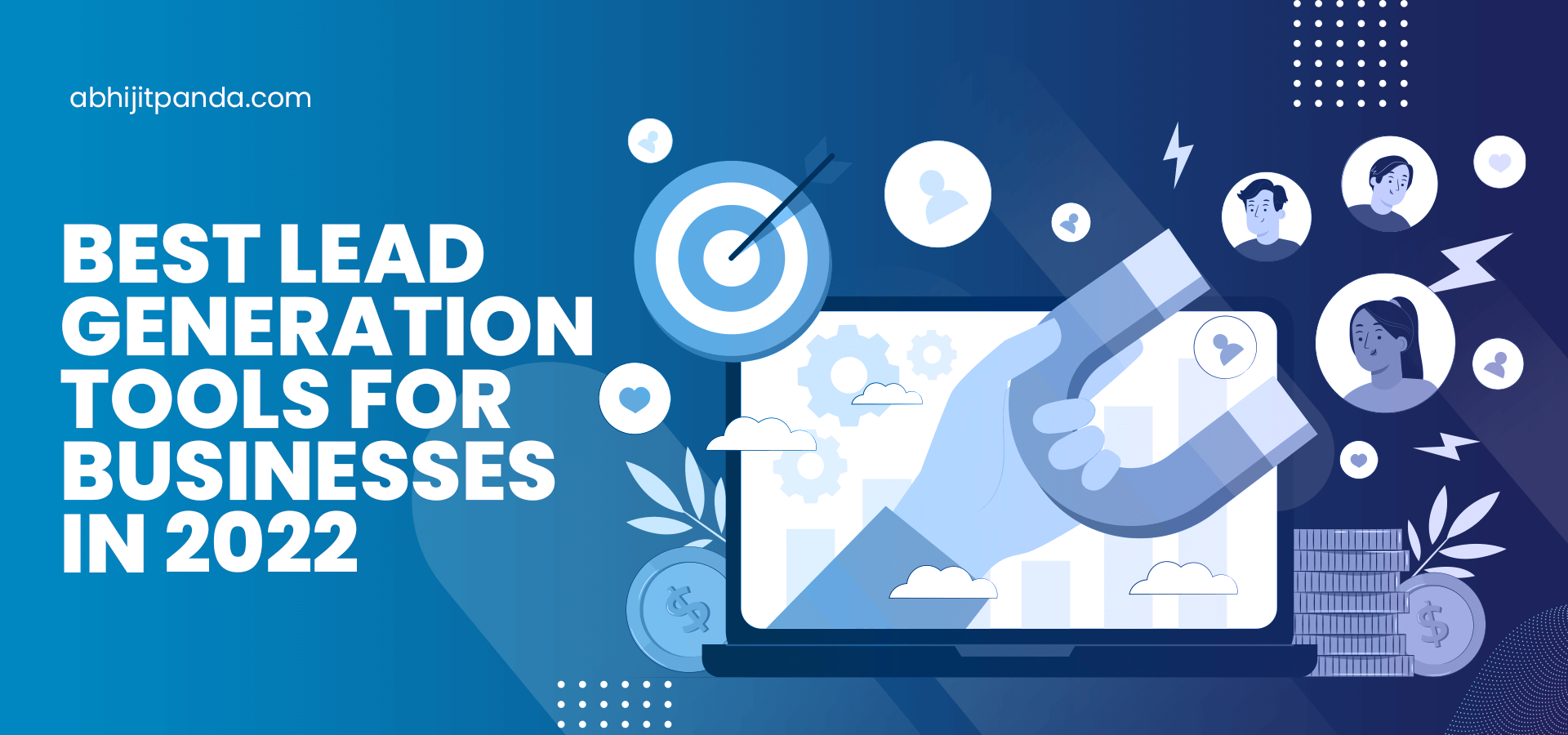 Post-COVID Marketing Strategies for Business Revival
Post-COVID Marketing Strategies for Business Revival
Many market analysts compare post-COVID recovery to post-World War II recovery. Every business has to operate in an agile and decisive way to accelerate post-COVID recovery regardless of its size and industry. Also, no business can increase revenue and sustain growth in the post-pandemic world without facilitating digital transformation. A study conducted by the worldwide management consultancy firm McKinsey suggests that the post-COVID recovery will be driven by digital technologies.
According to McKinsey Digital,
“For many companies, the only option is to accelerate their digital transformation. That means moving from active experimentation to active scale-up supported by ongoing testing and continuous improvement. These moves should happen across two dimensions: at the core of the company and through the development of new businesses.”
In addition to going digital, businesses have to finetune and replace their existing marketing strategies to meet the changes in consumer behavior and marketing practices in the post-pandemic world. They have to replace outbound marketing strategies with inbound marketing strategies. Also, they need to explore ways to attract, engage, and influence customers through widely used inbound marketing channels like search engines and social networks. Hence, decision-makers have to look for post-COVID marketing strategies to speed up business revival.
8 Post-COVID Marketing Strategies to Accelerate Business Revival
1. Redefine Marketing Objectives
In the post-pandemic world, consumer behavior will be influenced and transformed by a vast amount of misinformation. While planning post-COVID marketing strategies, a business must focus on winning the trust of consumers by providing accurate information. They have to focus on creating content that addresses consumers’ concerns in a safe and reliable way. In addition to increasing revenue and sustaining growth, the businesses must redefine their marketing objectives to contribute towards preventing coronavirus infections and support disadvantaged communities.
2. Replace Existing Messaging
A large percentage of digital content created for inbound marketing campaigns was created in the pre-pandemic age. The content does not influence the purchase decision of customers by providing the appropriate messaging. In addition to redefining marketing objectives, a business must replace the existing messaging. The post-pandemic content must not mention COVID-19 frequently. Instead, it must focus on making consumers feel positive and relieve pandemic stress by providing information and guidance. The content must make customers believe that the business passionately believes in meeting their precise needs while protecting them from coronavirus.
3. Offer and Highlight Value
The disruptions caused by the COVID-19 pandemic have made many customers decrease their budgets. In the post-pandemic world, customers consider both value and price while comparing products and services. That is why; post-COVID marketing strategies can attract and influence potential customers only by offering and highlighting values. In addition to offering discounts and showcasing deals, the marketing campaigns must clearly highlight the benefits of a product or service offered by a particular business. The focus on highlighting values and benefits will make the marketing strategies effective in beating the competition.
4. Adopt Multichannel Marketing
The COVID-19 lockdowns and shutdowns caused made people spend more time on social networks. But most people still used search engines while conducting pre-purchase research. The changes in consumer preferences make it essential for businesses to adopt multichannel marketing in the post-pandemic age. While creating post-COVID marketing strategies, marketers must reach out to customers through multiple digital channels – search engines, social media, direct mails, paid ads, and streaming videos. They have to combine organic and paid advertisement options to reach out to most customers who live online.
5. Focus Extensively on Existing Customers
The businesses cannot speed up post-COVID recovery only by focusing on lead generation and lead conversion. In addition to generating and nurturing leads, they must focus on increasing sales revenue by reaching out to existing customers. The customer data collected from diverse sources will help businesses to attract and influence existing customers delivering the most appropriate message. At the same time, the actionable insights gained through big data analysis will help marketers to boost sales by creating reselling and upselling opportunities.
6. Leverage the Massive Popularity of Video Content
According to Forbes.com,
“Video popularity was on the rise before the pandemic—Cisco had already estimated that, by next year, a staggering 82% of all created content would be video.”
Social networks and streaming platforms have already changed video content creation and consumption. While implementing post-pandemic marketing strategies, marketers cannot speed up business revival without leveraging the massive popularity of video content. They have to explore ways to attract and engage both customers and leads by publishing high-quality videos regularly. At the same time, they have to focus on improving video quality and architecture to influence customers’ purchase decisions. Here are some video marketing tips for you to consider for your business.
7. Track New and Emerging Search Trends
COVID-19 pandemic has changed both user search behavior and popular search trends. While creating and optimizing content for inbound marketing campaigns, businesses have to focus extensively on new positive and negative search terms. The marketers must use analytics to identify the keywords that increased website traffic during the COVID-19 pandemic. Also, they have to replace these popular keywords to divert more relevant traffic to websites. That is why; the post-COVID marketing strategies must be flexible enough to target new positive and negative search terms regularly.
8. Make Transformation and Optimization an Ongoing Process
COVID-19 has made many existing industry and marketing trends obsolete. Also, the industry trends and marketing trends are expected to change frequently after the pandemic. No business can accelerate recovery and revival without finetuning and optimizing post-COVID marketing strategies regularly. In addition to launching multiple inbound marketing campaigns, businesses must measure the performance of individual marketing campaigns using the relevant metrics. Also, they must make the marketing strategies effective in boosting lead generation and sales conversion by adopting emerging trends proactively.
The post-COVID business revival will be driven by digital technologies. But businesses have to implement a slew of post-COVID marketing strategies along with facilitating digital transformation. Some of these strategies will help businesses to accelerate revival as well as sustain long-term growth. The decision-makers have to finetune the marketing strategies according to changing consumer behavior and industry trends.









Leave a Reply